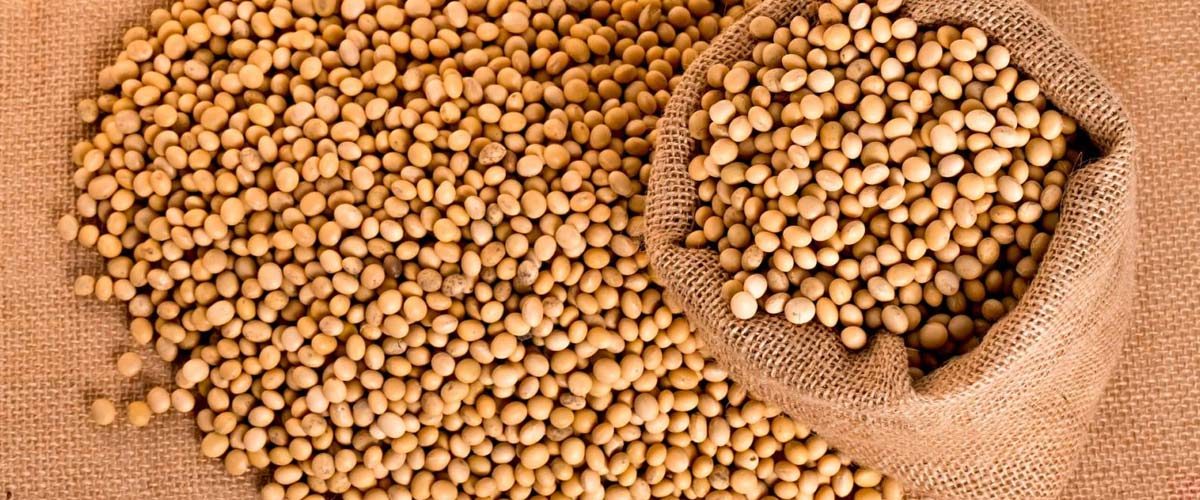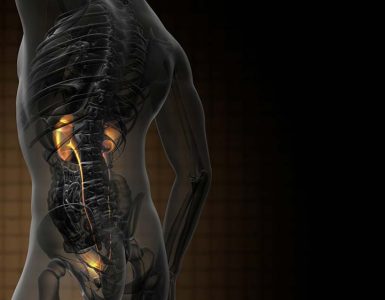Feeding a total mixed ration (TMR) containing sources of energy and protein could improve the performance of the goat. Soybean meal (SBM) was better than fish meal to improve the productivity of Kacang goats. Soybean meal is a protein source that is palatable but highly degradable in the rumen1. In previous studies it have been reported that in order to increase the rumen un-degradable protein (RUP) in ruminants the formaldehyde is used, especially in cattle2.
Researchers performed a new study and observed Kacang goats fed on soybean meal treated with 1% formaldehyde compared to those goats fed on untreated soybean meal. The study focused on the energy utilization, volatile fatty acids (VFAs) and the acetate-propionate (A/P) ratio of Kacang goats fed a TMR containing different treatments of soybean meal3.
The energy intake and digestible energy of the soybean meal control group were higher than those of the SBM50 group but they were relatively similar to the SBM100 group. The energy conversion ratio i.e. energy intak metabolizable energy, also had the same pattern. Digestible energy (% energy intake), faucal production, urine production, methane energy loss (MJ) and ME were similar between the treatments. Intake, digested and metabolizable energy were also the same between the treatments. Total VFA and the A/P ratio before feeding were also similar between the treatments. In fact, the A/P ratio of the SBM control was higher than that of SBM50 but it was relatively similar to SBM100.
Based on the body weight, the DMI of the SBM control containing untreated SBM and 58% TDN was 3.29% of the body weight, while that of SBM50 containing 55.8% TDN was 2.52% of the body weight and that of SBM100 containing 60.1% TDN was 2.67% of the body weight. These results were in accordance with the intake pattern, which is affected by the feed energy level. The dry matter intake of the low-energy diet was higher than that of the high-energy diet.
The AG study showed that the energy utilization of untreated SBM was better than that of 50% formaldehyde-protected SBM but it was similar to that of 100% formaldehyde-protected SBM. The control group had an A/P ratio that was higher than the SBM50 group but similar to the SBM100 group. In fact, the total VFAs was similar between the treatments.

Keywords:
Gliricidia leaf, indigenous goat, metabolize energy, methane energy, A/P ratio, the total VFAs, energy utilization, Kacang goats fed, total mixed ration, feeding.
References:
- Abubakr, A.R., A.R. Alimon, H. Yaakub, N. Abdullah and M. Ivan, 2013. Digestibility, rumen protozoa and ruminal fermentation in goats receiving dietary palm oil by-products. J. Saudi Soc. Agric. Sci., 12: 147-154.
- Adiwinarti, R., Kustantinah, I.G.S. Budisatria, Rusman and E. Indarto, 2016. Improving the performance of local Kacang goats using ruminally undegradable protein feeds. Asian J. Anim. Sci., 10: 262-267.
- Kustantinah, I.G.S. Budisatria, Rusman and R. Adiwinarti, 2018. Effects of Total Mixed Rations Containing Treated or Untreated Soybean Meal on the Energy Utilization of Kacang Goats. Paki. J. Nutr., 17: 563-567.
















Add comment